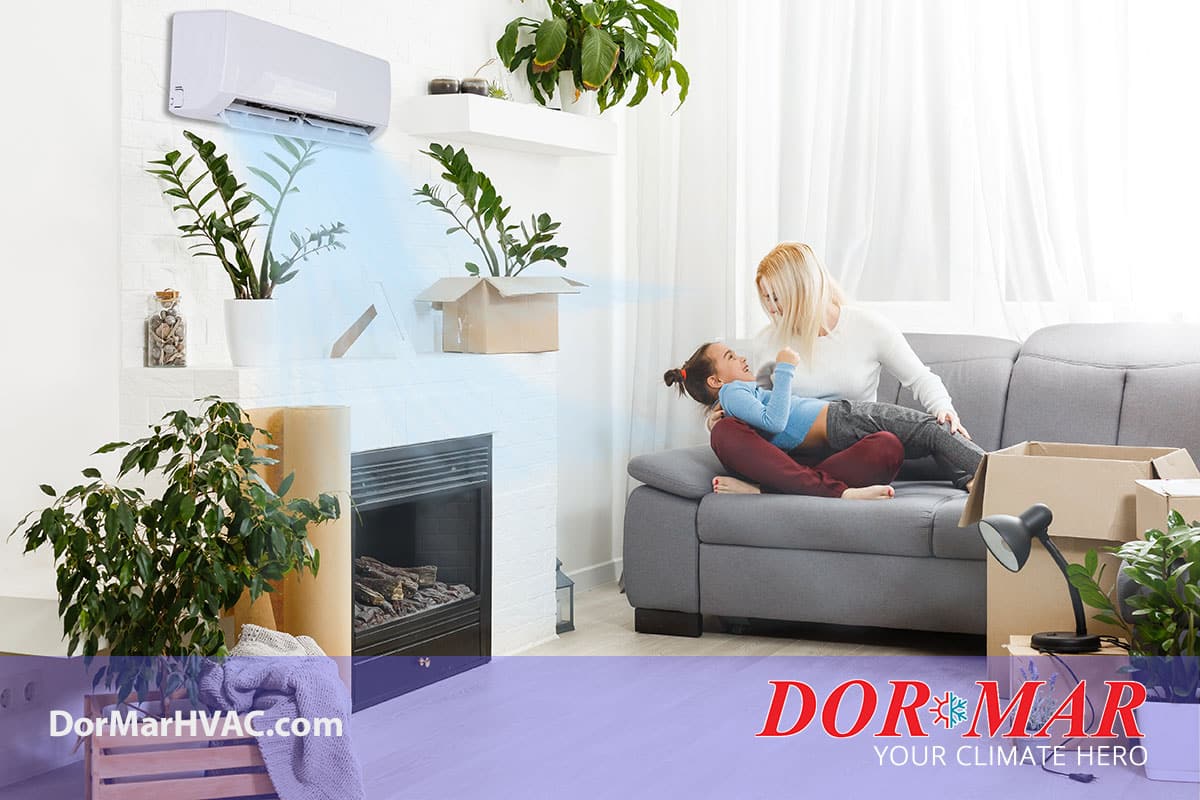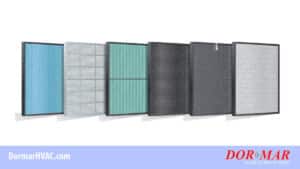Indoor air quality plays an integral part in our health and well-being. Since so much time of our lives are spent indoors, creating an air quality-focused living environment is of vital importance to maintaining optimal health and wellbeing. While air purifiers and ventilation systems can help provide cleaner air, there are natural ways to increase indoor air quality as well which are cost-effective, eco-friendly solutions – in this article we explore these methods to create healthier living spaces for you and your family members.
Indoor Plants as Air Purifiers
Indoor plants offer more than aesthetic value to your home; they also have the power to purify its air. Indoor plants absorb carbon dioxide and release oxygen while filtering toxins and pollutants out of the atmosphere – especially those like snake plants, peace lilies, and spider plants, which are particularly good at filtering formaldehyde, benzene, and xylene pollutants that might otherwise plague living spaces. By adding plants like these into living spaces you can enhance air quality for a fresher and cleaner atmosphere.
Top Air-Purifying Plants
Consider getting these plants in your home to help naturally purify the air:
- Snake plant (Sansevieria)
- peace lily (Spathiphyllum)
- spider plant (Chlorophytum comosum)
- Aloe barbadensis)
- Boston Fern (Nephrolepis exaltata)
- English Ivy (Hedera Helix).
Care and Placement of Indoor Plants
To maximize the air-purifying benefits of indoor plants, it’s crucial that proper care and placement are observed. Different plants require different amounts of light and watering – make sure to read up on their individual care instructions for best results! Furthermore, strategically placing plants near windows or in places with stagnant air can help filter it effectively while increasing circulation in these spaces.
Natural Ventilation
Proper ventilation is vital to maintaining good indoor air quality. Simply opening windows and doors to let fresh outdoor air in can dramatically increase air quality in your home. Natural ventilation works to dispel stale air, pollutants and odors with cleaner fresh air from outside – especially beneficial if done during times when outdoor air quality is optimal, such as early mornings or late evenings.
Cross Ventilation
Cross ventilation is a method that involves opening windows on opposite sides of a room or building to promote airflow between them and help remove stagnant air from circulation systems. To maximize cross ventilation’s effectiveness, ensure all windows are unobstructed while using window screens to keep insects at bay while still permitting air to flow freely through.
Window Ventilators
Window ventilators (also referred to as trickle vents or ventilation grilles) are small openings installed into windows that allow controlled airflow even when closed, providing fresh air exchange without drafts or security risks. Window ventilators are especially beneficial in rooms where natural ventilation is limited or opening windows is impractical.
Natural Air Purifiers
Certain natural substances contain air-purifying properties, helping eliminate common indoor pollutants. These natural air purifiers may come in various forms – sachets, sprays or ingredients in DIY cleaning products can all serve as purifying agents. Here are a few examples of such natural purifying substances:
Baking Soda
Baking soda is an indispensable household ingredient that can help eliminate odors and absorb airborne pollutants. Placing open containers of baking soda in areas prone to unpleasant odors – such as kitchen or bathroom environments – will neutralize odors while simultaneously improving air quality. Furthermore, baking soda can also act as an all-natural cleaner that effectively removes toxins from surfaces.
Activated Charcoal
Activated charcoal is known for its exceptional absorption properties, making it an effective natural air purifier. It can absorb various harmful gases, chemicals, and odors that exist in the air and is most easily utilized by placing activated charcoal in open containers or adding it into air purifying bags or filters for use. Regular replacement should ensure optimal performance.
Essential Oils
Essential oils have antimicrobial properties and can help improve indoor air quality, making a powerful natural cleaning product. Essential oil diffusers or natural cleaning solutions often incorporate essential oils for this purpose; tea tree oil, eucalyptus oil and lavender oil are popular choices that purify and soothe air quality – though high-quality pure essential oils must always be used with appropriate dilution guidelines to avoid respiratory irritation.
Regular Cleaning and Dusting
Regular cleaning and dusting play an essential role in maintaining good indoor air quality, as dust and allergens can accumulate on surfaces over time, contributing to reduced air quality as well as contributing to allergies or respiratory conditions. Here are some cleaning practices worth keeping an eye out for:
Vacuuming with HEPA Filters
Utilizing a vacuum cleaner equipped with a high-efficiency particulate air (HEPA) filter is an effective way of collecting fine dust particles, pet dander and allergens effectively. Carpets, rugs and upholstery should be regularly vacuumed in order to minimize dust accumulation; special care should also be given in areas that tend to attract dust accumulation like corners, blinds and baseboards.
Mopping with Natural Cleaners
Utilizing natural cleaners such as water and vinegar or plant-based cleaning solutions is an effective way to get rid of dirt, allergens and chemical residue without adding additional harmful toxins into the air. Avoid chemical-laden cleaners which could add pollutants that contribute to indoor air pollution.
Controlling Humidity
Maintaining appropriate humidity levels is essential to providing high quality indoor air. Too much humidity can promote mold growth and increase respiratory issues; while too little humidity may lead to dryness or discomfort. Here are some strategies for maintaining optimal indoor humidity:
Dehumidifiers to Reduce Mold & Mildew Growth
Dehumidifiers can help remove excess moisture from the air, decreasing mold and mildew growth risk in basements, bathrooms or laundry rooms with high humidity levels. Position dehumidifiers strategically so as to maintain an ideal humidity range between 40-50% to prevent excessive dryness.
Add Humidifiers
Humidifiers can add moisture back into dry environments and help avoid dry skin conditions or respiratory ailments by adding humidity back into the air. However, proper care must be taken in maintaining humidifiers in order to avoid bacteria or mold growth in them.
The Bottom Line
Improving indoor air quality is integral to creating a healthy and comfortable living environment. Utilizing natural methods, such as adding air-purifying plants, encouraging natural ventilation, using natural air purifiers and regularly dusting and cleaning as well as controlling humidity levels, you can improve the quality of air you breathe – these natural approaches not only save money but are environmentally-friendly as well. Prioritize improving your indoor air quality as a priority to support better health for you and your family members.







